| Wednesday, February 17, 2021 | |
Session 1: Imaging Technologies |
|
| 11:00 | Technology and Knowledge Open Hub: a Pathway to Future Imaging and MEMS |
Francesco Profumo, President, National Research Council (CNR) Technology and Knowledge Open Hub: a Pathway to Future Imaging and MEMS
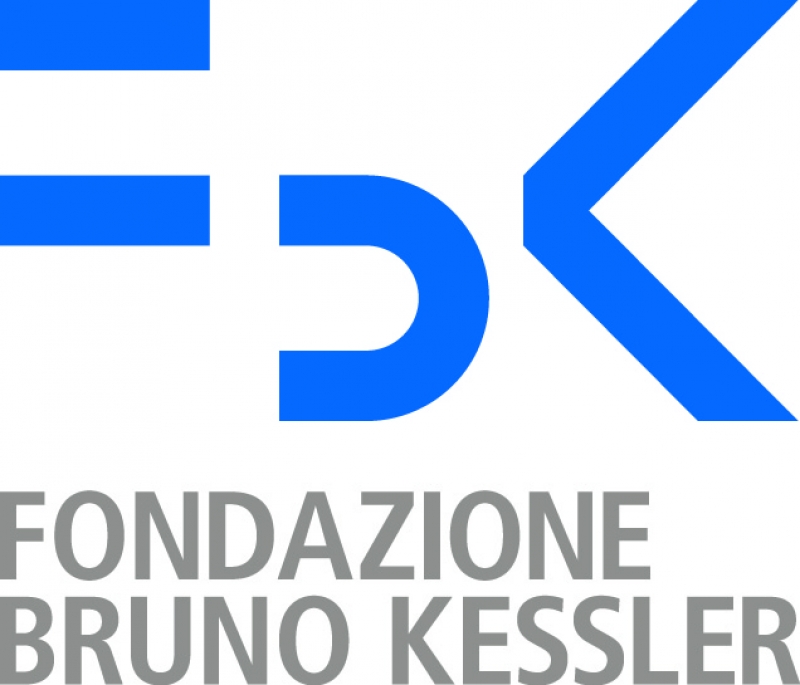 Abstract Biography |
|
| 11:20 | Embedded Computing the Next Paradigm Shift for Image Sensors |
Pierre Cambou, Principal Analyst, Yole Développement Embedded Computing the Next Paradigm Shift for Image Sensors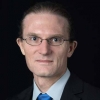
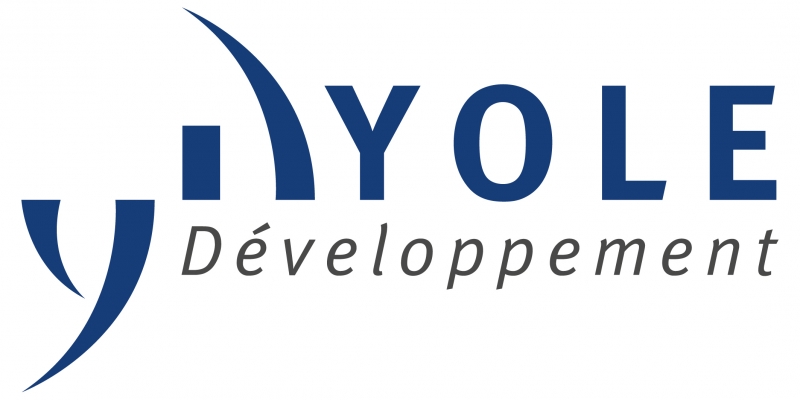 Abstract Biography |
|
| 11:40 | System Lab Platform: A new way to validate your new use case of optical sensing |
| 12:00 | Presentation coming soon |
| 12:20 | Meet the Expert |
Session 2: MEMS Technologies |
|
| 12:40 | C-SOI® and patterned wafers enabling advanced MEMS and Sensor applications |
Atte Haapalinna, CTO, Okmetic C-SOI® and patterned wafers enabling advanced MEMS and Sensor applications
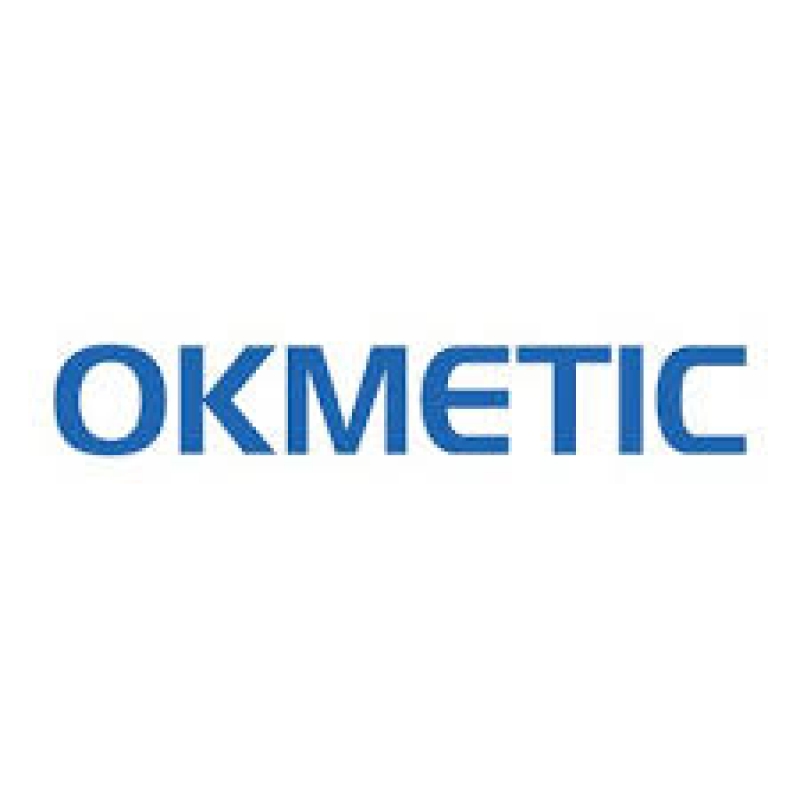 Abstract Biography |
|
| 12:45 | Sensors to Make the World Greener, Easier and Safer |
Philipp von Schierstaedt, Vice President & General Manager of Radio Frequency & Sensors, Infineon Technologies Sensors to Make the World Greener, Easier and Safer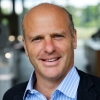
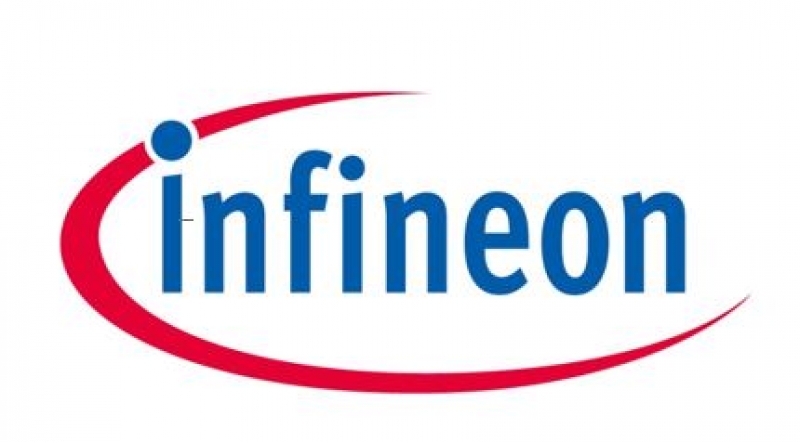 Abstract Biography |
|
| 13:05 | MEMS Actuators at the Core of Emerging Applications |
Anton Hofmeister, Group Vice President - General Manager MEMS Actuator Division, STMicroelectronics MEMS Actuators at the Core of Emerging Applications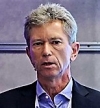
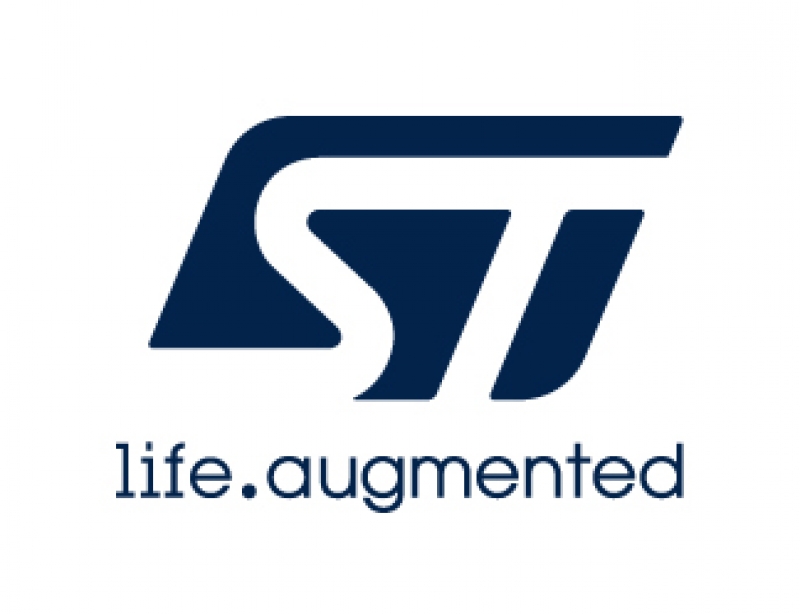 Abstract Biography |
|
| 13:25 | Emerging piezo MEMS devices, trends and perspectives |
Moridi Mohssen, Director & Head of Research Unit MST, Silicon Austria Labs GmbH Emerging piezo MEMS devices, trends and perspectives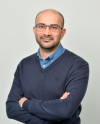
 Abstract Biography |
|
| 13:45 | Novel Bonding Technologies for Photonic and MEMS Sensor Integration |
Bernd Dielacher, Business Development Manager, EV Group Novel Bonding Technologies for Photonic and MEMS Sensor Integration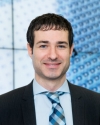
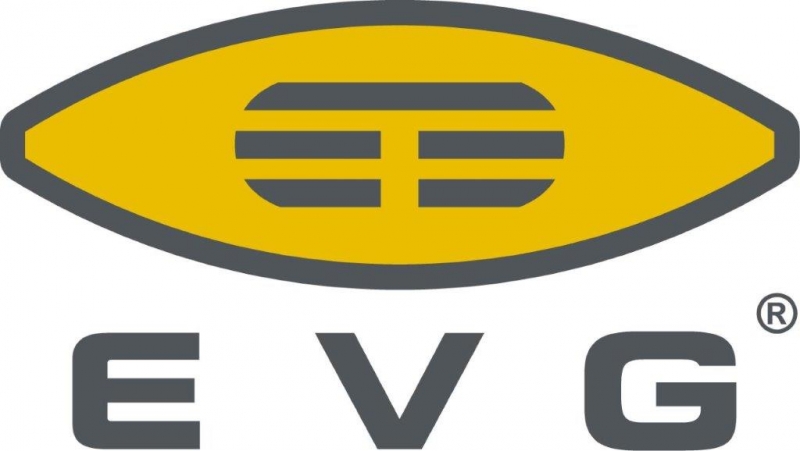 Abstract Biography |
|
| 14:05 | Presentation coming soon |
| 14:25 | Meet the Expert |
Session 3: Sensor Applications |
|
| 14:40 | Keynote |
Toward Event-Based Vision Wide-scale Adoption |
|
Luca Verre, CEO, PROPHESEE Toward Event-Based Vision Wide-scale Adoption
 Abstract Biography |
|
| 15:00 | Sensing Technology in Med/surgical, Ultra-sonic Tech - Research, Gioel Molinari, President, Butterfly Network, Inc. |
| 15:20 | Above and Beyond Methodology: Robustness Validation of Automotive MEMS Sensors |
Sandra Vos, R&D Director, PL Motion Sensors, NXP Semiconductors Above and Beyond Methodology: Robustness Validation of Automotive MEMS Sensors
 Abstract Biography |
|
| 15:40 | 120fps, Ultra High Definition (8K UHD), Low Noise, Global Shutter Sensor for High-end Rigid Endoscopy |
Jose Segovia, Senior Principal Engineer, Teledyne e2v 120fps, Ultra High Definition (8K UHD), Low Noise, Global Shutter Sensor for High-end Rigid Endoscopy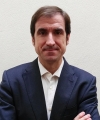
 Abstract Biography |
|
| 16:00 | Meet the Expert |